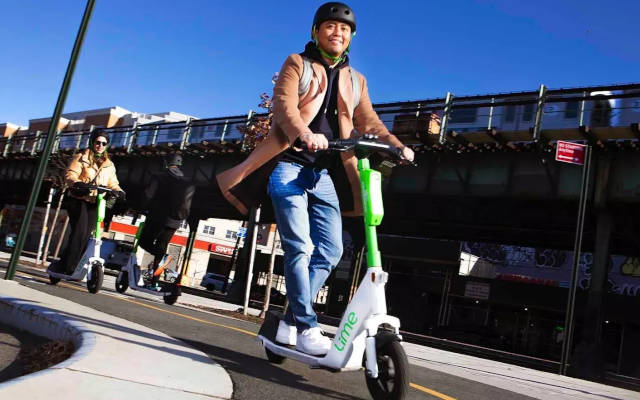Micromobility's Insurance Gap: What Riders Need to Know

Shared micromobility is increasingly popular service globally.
By EVWorld.com Si Editorial Team
Micromobility is booming. With over 157 million shared e-bike and scooter trips taken across the U.S. and Canada in 2023, usage has surged past pre-pandemic levels. But while cities embrace these compact, electric vehicles for their convenience and sustainability, a critical issue remains unresolved: insurance coverage.
Most traditional auto and homeowners insurance policies do not cover micromobility vehicles, especially when used on public roads. Riders often assume they are protected, but many are unknowingly exposed to financial risk. A 2024 study found that e-bike injuries have doubled annually, with many incidents involving collisions with pedestrians or cars. Without proper coverage, riders may be liable for damages or injuries out of pocket.
The core challenge lies in classification. E-bikes and scooters occupy a regulatory gray area - not quite bicycles, not quite motor vehicles. This ambiguity makes it difficult for insurers to design appropriate policies. Some states require liability coverage for certain classes of e-bikes, but enforcement is inconsistent and consumer awareness is low. Riders may not realize they are legally responsible for accidents, even when not at fault.
Shared micromobility services like Lime and Bird typically carry commercial insurance, but it often does not extend to individual users. If a rider causes an accident on a rented scooter, they may still be personally liable. This is especially concerning for younger, urban riders who may not carry personal liability insurance.
InsurTech startups are stepping in. Companies like VOOM and Boundless Rider are developing usage-based insurance models tailored to micromobility. These platforms offer on-demand coverage, allowing riders to pay only when they use their vehicles. While promising, adoption remains limited. Many consumers are unaware such options exist, and insurers are still figuring out how to price risk for these hybrid vehicles.
Experts recommend that riders take proactive steps. First, check existing policies for any micromobility coverage. Some homeowners or renters insurance may include limited personal liability protection. Second, consider standalone micromobility insurance, especially for frequent riders or those in dense urban areas. Third, policymakers and insurers must collaborate to create clearer regulations and more accessible coverage options.
The insurance gap reflects a broader tension between innovation and infrastructure. As cities push for cleaner, more flexible transportation, legal and financial systems must evolve in parallel. Without adequate insurance, the promise of micromobility - reduced emissions, lower congestion, and greater accessibility - could be undermined by preventable financial harm.
Ultimately, closing the micromobility insurance gap will require cooperation between riders, insurers, and regulators. Only then can these vehicles fulfill their potential as a safe, sustainable pillar of modern urban life.
Original Backlink
Views: 233
Articles featured here are generated by supervised Synthetic Intelligence (AKA "Artificial Intelligence").
